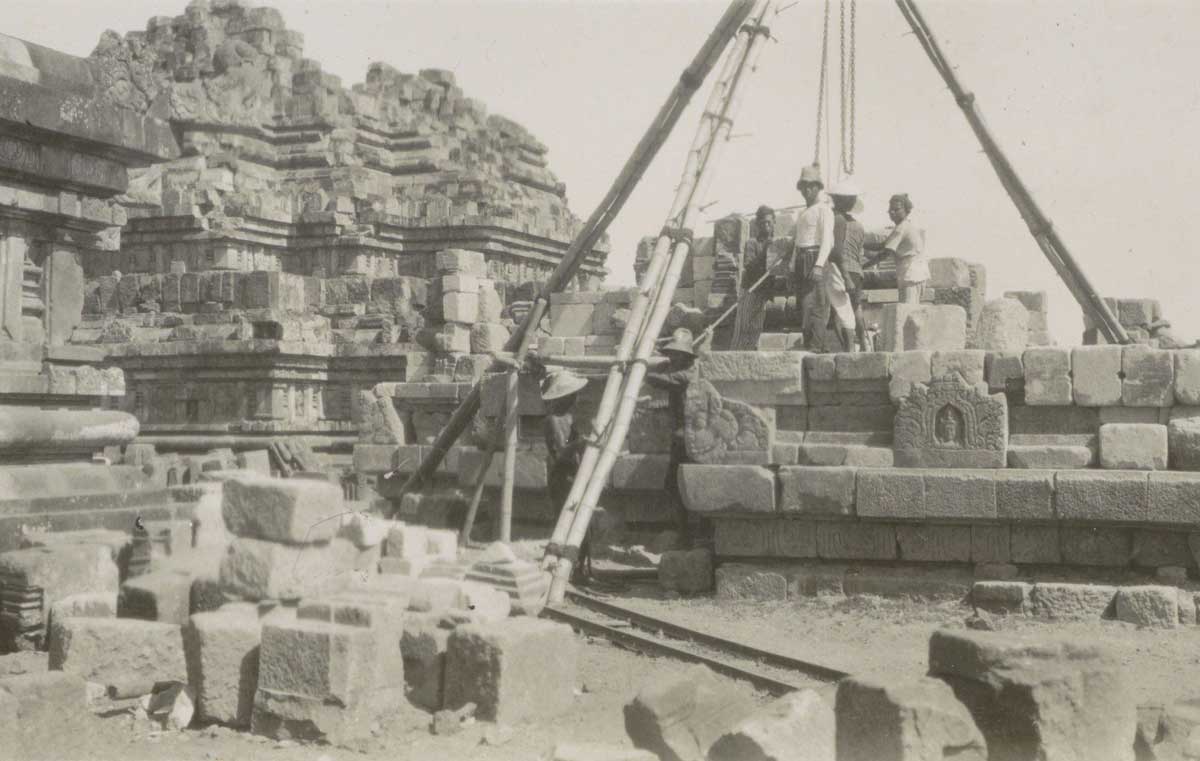Finding Wonderful Things
What the media missed while covering the discovery of two statues in Rome.

‘Yes, wonderful things,’ was the publicised response of Howard Carter when asked what he could see inside the tomb of King Tutankhamun. These ‘wonderful things’ were ‘strange animals, statues, and gold – everywhere the glint of gold’. In the century since Carter’s discovery the study and practice of archaeology has advanced enormously; yet the reporting of excavations in the media often still reflects a treasure-seeking mentality, privileging the discovery of ‘works of art’ and devoting few lines, if any, to the broader context of a project. This focus risks reinforcing the perception that archaeology is about finding ‘treasure’ and denies the public access to a fuller understanding of the significance of what is found.
